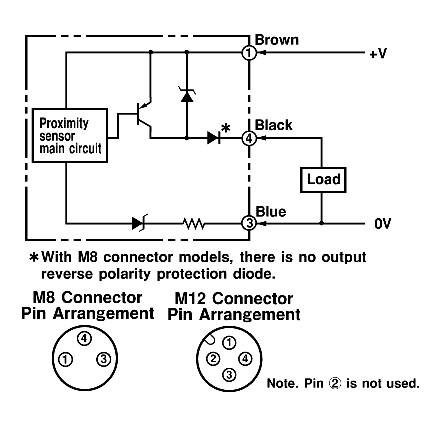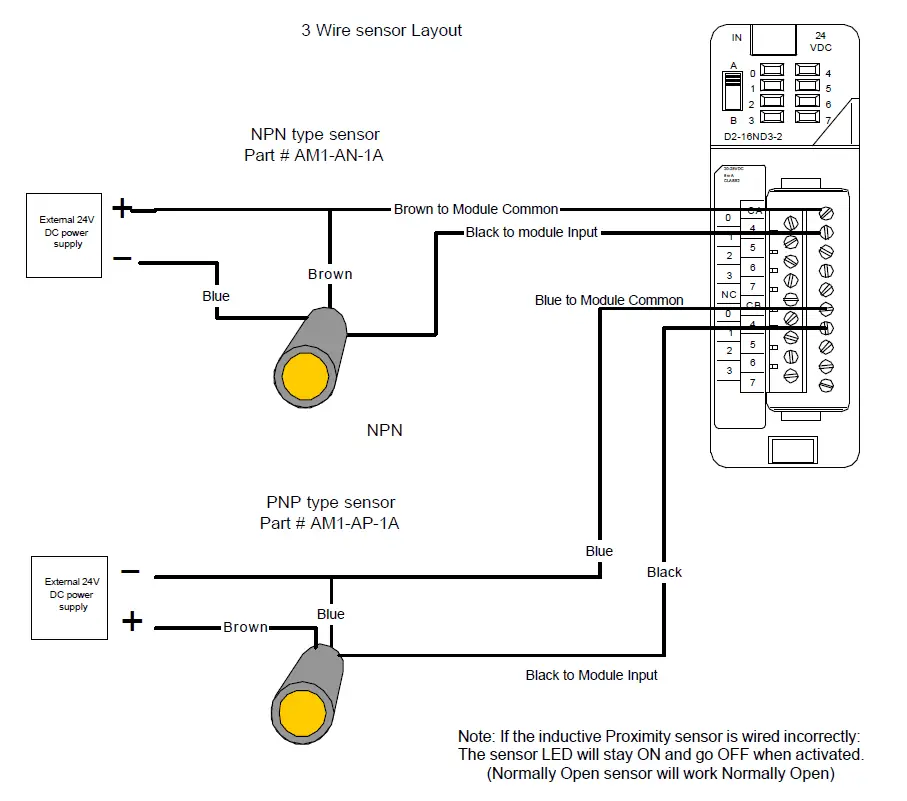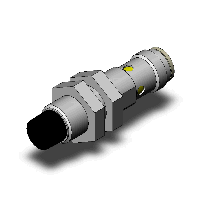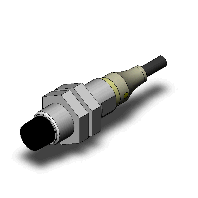Here’s a Quick Way to Wire NPN and PNP devices
I often get asked how to wire NPN and PNP devices to the programmable logic controller. This can be unclear at first when looking at the wiring diagrams. I have managed to destroy a few sensors in the process….. so let’s get started, and I will share my experiences.


NPN and PNP refer to the transistor in the output device
NPN – Negative Positive Negative Switching. Sometimes referred to as ‘Sinking’ the load. People have told me that when the NPN sensor blows, it tends to blow in an open state. (No Signal)
PNP – Positive Negative Positive Switching. Sometimes referred to as ‘Sourcing’ the load. People have told me that when the PNP sensor blows, it tends to blow in a closed state. (Signal On)
When the sensor blows (malfunctions), it usually takes out the power supply. (Fuse) It generally does not matter if you use NPN or PNP sensors, provided they are all connected to the PLC using isolated commons.
You cannot mix PNP and NPN sensors on the same common point for inputs to the PLC. If you combine the sensors, the different common points on the PLC must be isolated. This means that the commons are not connected internally to each other. Not ensuring this occurs will provide a short across the power supply and blow your sensors and supply. In general, machines tend to use all NPN or all PNP only.
The color coding of the wires varies. Do not always rely on the color code of the wires for connection. Refer to the wire diagrams in the documentation.
PNP Open Collector
The following is a wiring diagram of an open collector PNP sensor. You will notice that the load appears between the 0V (Blue) and Switching wire (Black). When connecting to the PLC, the PLC input acts as the load. The 0V (Blue) will be attached to the standard input, and the Switching wire (Black) will be attached to the input number.
NPN Open Collector
The following is a wiring diagram of an open collector NPN sensor. You will notice that the load appears between the +V (Brown) and the Switching wire (Black). When connecting to the PLC, the PLC input acts as the load. The +V (Brown) will be attached to the standard input, and the Switching wire (Black) will be attached to the input number.
As you can see, a direct short will be created if NPN and PNP sensors are wired into the PLC on the same common. The following shows an example of wiring the three wire sensors into a PLC with isolated commons.
Watch on YouTube: Wiring NPN Sensor to PLC
Watch on YouTube: Wiring PNP Sensor to PLC
Watch on YouTube: Wiring Contact (Discrete) PLC Inputs
Wiring Interposing Relays
Watch on YouTube: Wiring NPN and PNP Sensors into the PLC with an Interposing Relay
If you have any questions or need further information, please get in touch with me.
Thank you,
Garry
If you’re like most of my readers, you’re committed to learning about technology. Numbering systems used in PLCs are not challenging to learn and understand. We will walk through the numbering systems used in PLCs. This includes Bits, Decimals, Hexadecimal, ASCII, and Floating Points.
To get this free article, subscribe to my free email newsletter.
Use the information to inform other people how numbering systems work. Sign up now.
The ‘Robust Data Logging for Free’ eBook is also available as a free download. The link is included when you subscribe to ACC Automation.




